Case Study: Mowall - Upcycled Modular Wall Solutions for Sustainable Interiors
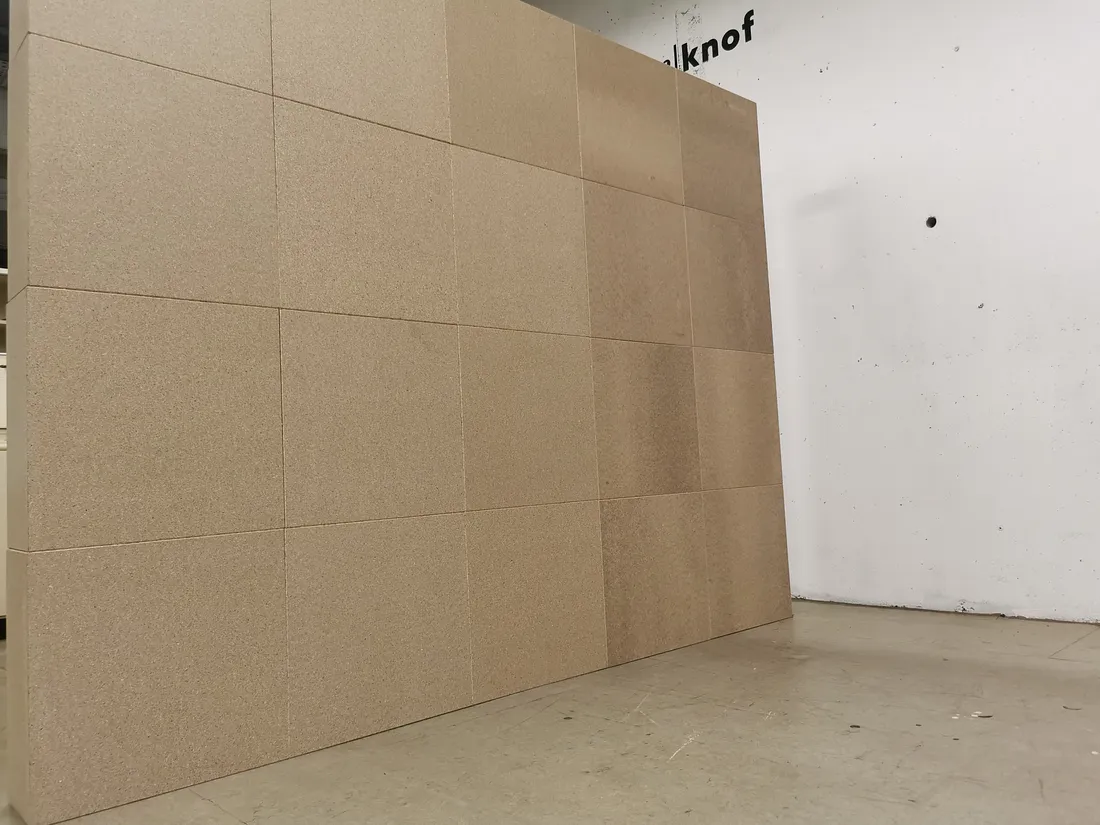
Overview
In the face of growing sustainability demands in the construction industry, Mowall emerges as an innovative solution aimed at reducing the environmental impact of building materials. Mowall is a modular partition wall system designed to transform waste into valuable, sustainable interior solutions.
By extending the lifecycle of particle boards and plywood, Mowall offers a system that is not only visually appealing but also aligns with the sustainability goals of modern workspaces and exhibitions.
Key Objectives
Mowall was developed with two primary objectives:
1. Sustainable Design:
To create a modular wall system that meets the increasing demand for flexible and sustainable interior solutions.
2. CO2 Emission Reduction:
To minimize carbon emissions by optimizing production processes and utilizing recycled materials.
Commitment to Sustainability
At the heart of Mowall lies a deep commitment to sustainability, addressing the critical issue of waste management in Europe, where over 8 billion tonnes of furniture are disposed of each year. Mowall takes a proactive approach to repurpose waste materials that would otherwise contribute to landfill and CO2 emissions.
Material Sourcing
Mowall modules are crafted from 100% recycled particle boards or plywood, materials that would typically end up in landfills or incineration.
Eco-Design Principles
The design of Mowall modular walls adheres to eco-design principles, ensuring minimal environmental impact throughout their lifecycle. Additionally, Mowall includes traceability features, allowing customers to track the origins and environmental footprint of the materials used.
CO2 Emission Reduction
By recycling furniture waste instead of incinerating it, Mowall saves approximately 804.3 kg of CO2 emissions. When factoring in the avoided use of new materials, the total CO2 savings rise to 1,128.4 kg (N. Skliarov).
Reverse Logistics
Mowall incorporates a reverse logistics system to manage the end-of-life cycle of its products, further enhancing sustainability.
Applications and Impact
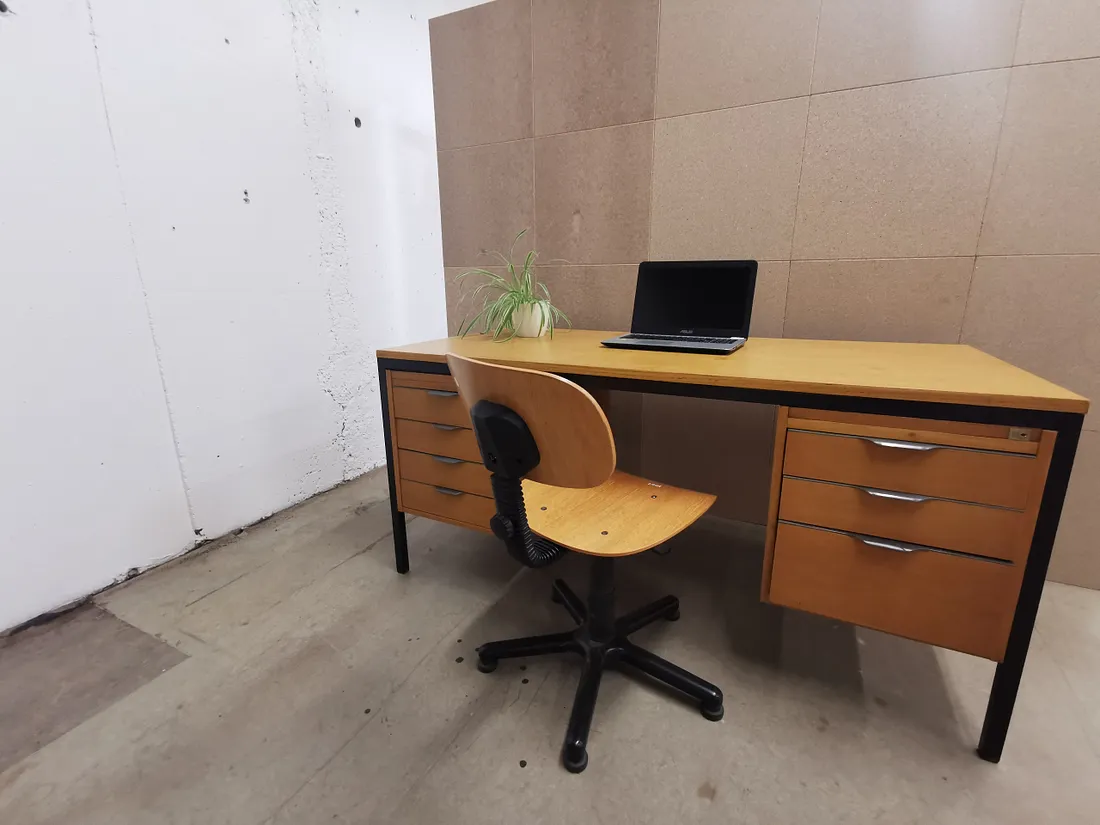
Mowall is particularly well-suited for coworking spaces, exhibitions, and other flexible interior environments. Its modular design allows for easy installation, reconfiguration, and removal, making it ideal for spaces that require frequent updates or changes. Beyond its practical benefits, Mowall’s aesthetic appeal and sustainability credentials make it a preferred choice for architects and designers committed to reducing the environmental impact of their projects.
The deployment of Mowall in various settings is already contributing significantly to waste reduction and lower CO2 emissions in the construction and design industries. Each installation reinforces the broader industry movement towards more sustainable practices.
Conclusion
Mowall exemplifies how reclaimed materials can be transformed into high-performance, sustainable products that meet the needs of modern interior design. By reusing waste plywood and particle board, Mowall not only tackles the critical issue of construction waste but also plays a vital role in reducing CO2 emissions. As the industry continues to seek sustainable solutions, Mowall stands out as a versatile and sustainable option for a wide range of applications.
By incorporating innovative strategies like Mowall, we can move closer to a sustainable future in construction and design, where environmental impact is minimized, and resources are efficiently utilized.
Knof on 2050 Materials
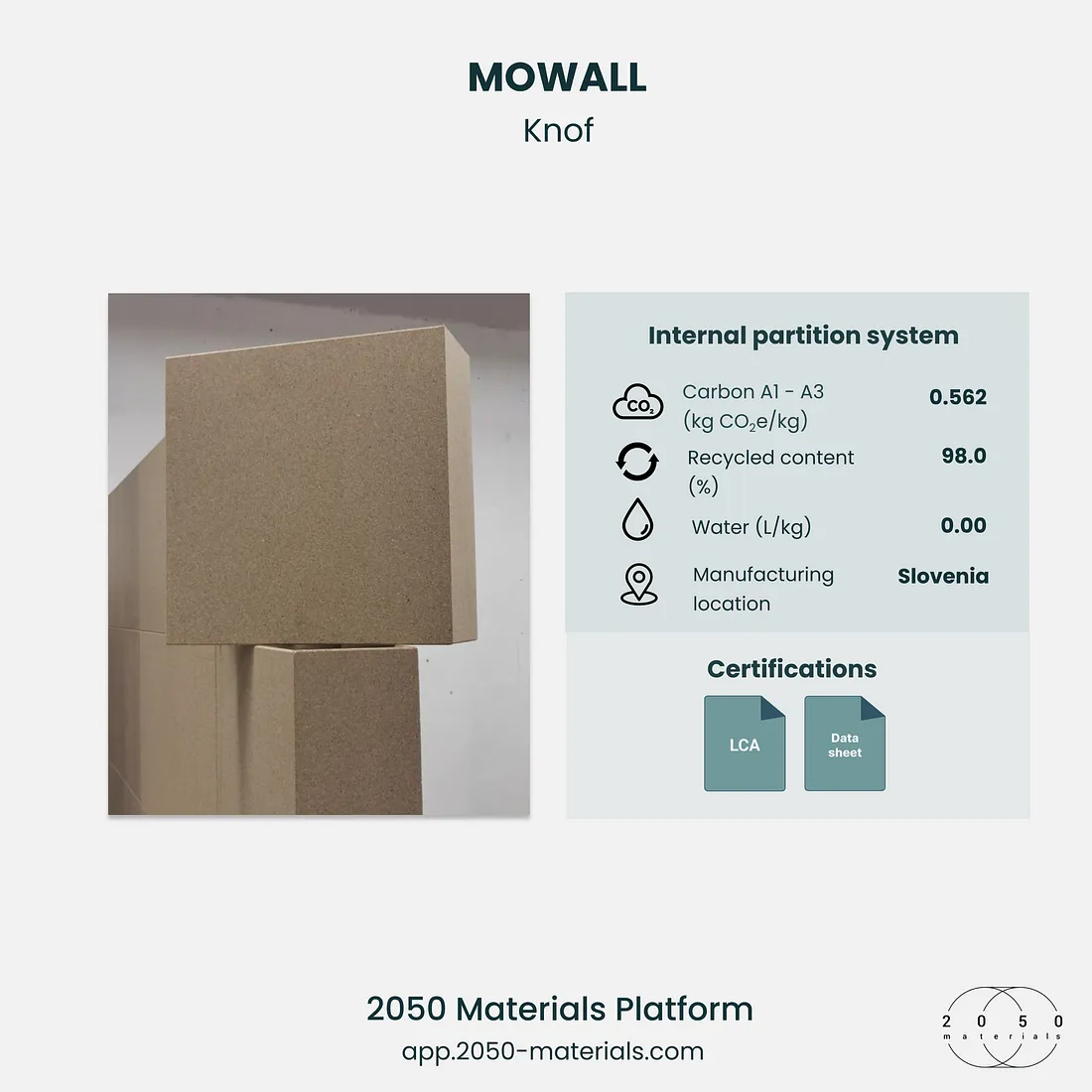
The collaboration between 2050 Materials and Knof marks a major milestone in promoting sustainable design and construction practices. By showcasing Knof’s products on the 2050 Materials platform, this partnership aims to accelerate the adoption of sustainable building materials, driving meaningful change in the industry.
Explore Mowall’s properties and material details on the 2050 Materials platform.
Related articles

Building a Legacy with Hutton Stone
Hutton Stone, a heritage-driven quarrying company led by Marcus Paine, exemplifies how traditional materials can meet modern sustainability demands. From the careful stewardship of quarries to low-carbon innovations like split and sawn stone bricks, Hutton Stone merges architectural legacy with environmental responsibility. As part of the SME Climate Hub and the UK Ethical Stone Register, their operations demonstrate that ecological care and construction excellence are not mutually exclusive—but mutually reinforcing.
Read more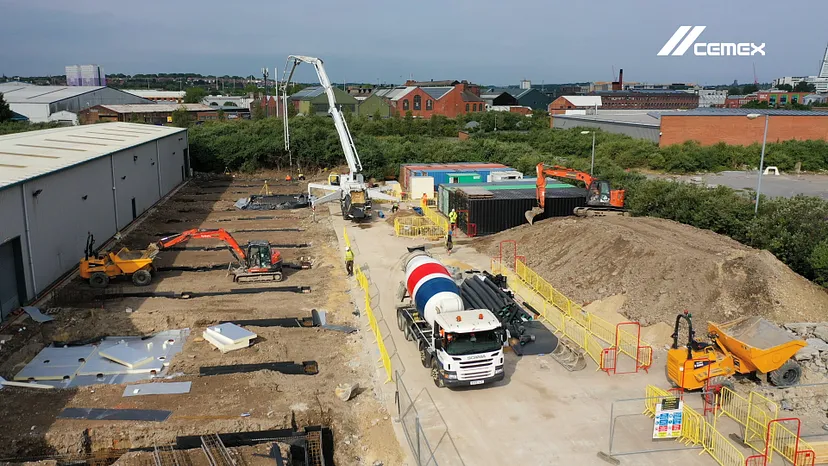
Case Study: Citu Climate Innovation District
As the desire to build lower carbon housing grows, Citu’s Climate Innovation District in Leeds stands as a blueprint for environmentally conscious development.
Read more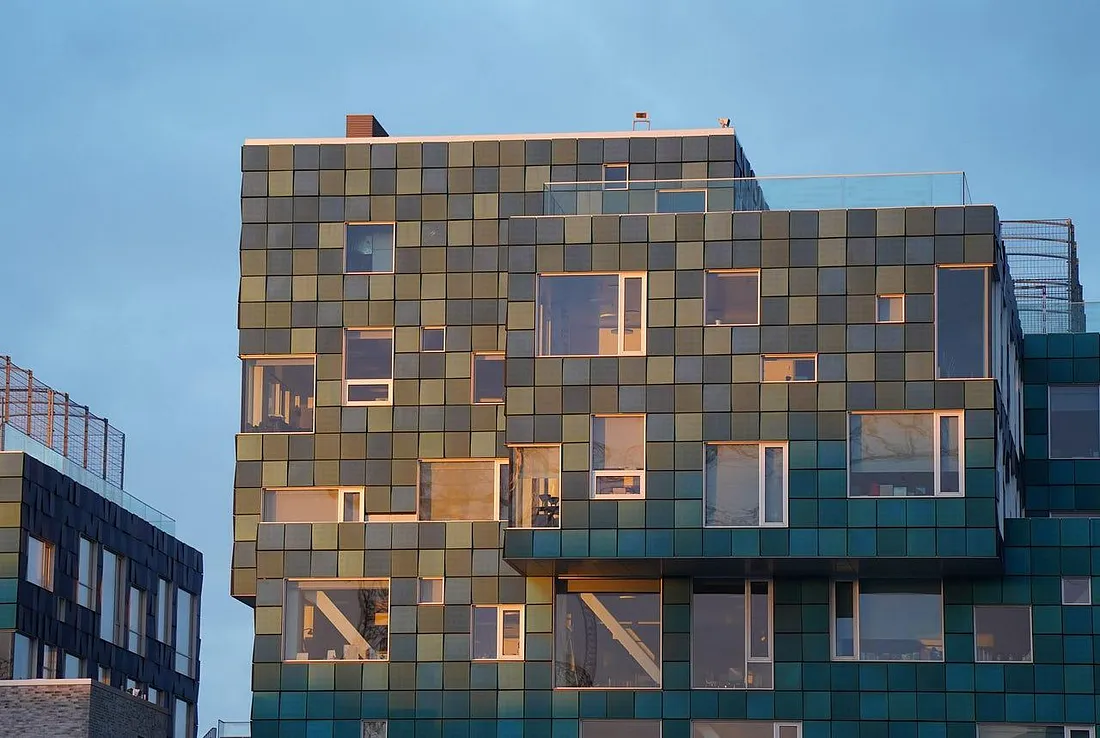
Harnessing Solar Power and Energy Efficiency: SolarLab’s Innovative Facade Solutions
SolarLab is harnessing solar power and energy efficiency providing an innovative solution that not only pays for itself but also generates energy.
Read more